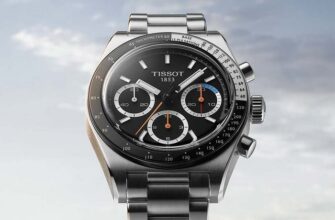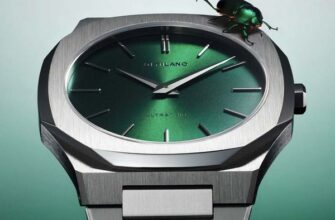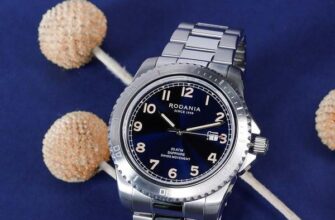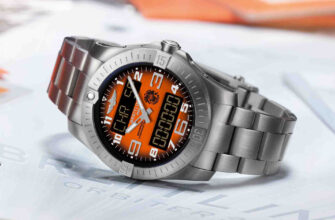Our journey into the fascinating world of watch subtleties continues! We have already paid attention to the materials from which the watch cases are made. We talked about straps. Mentioned about the role of the case in the pricing of watches. Today has prepared for us the opportunity to take a closer look at the clasps, which are designed to fix the watch (not without the help of a strap, of course) on our wrist.
Classic oval or rectangular buckle accompanies wristwatches from the first days of their existence. Such a fastener can be found on many models produced by various companies. However, the name of the person who first used the oval or rectangular buckle on the watch strap remained unknown. Time is inexorable - not only names, but also objects are lost in it. As a rule, the holes in the watch strap wear out before the day when for some reason a reliable and simple buckle breaks. In fairness, it should be noted that the classic buckle is simultaneous and the easiest to use, but also the most harmful for a leather belt. Remove the usual clasp from the old strap, take it to the workshop - there she will be given a second life, but on a new strap.
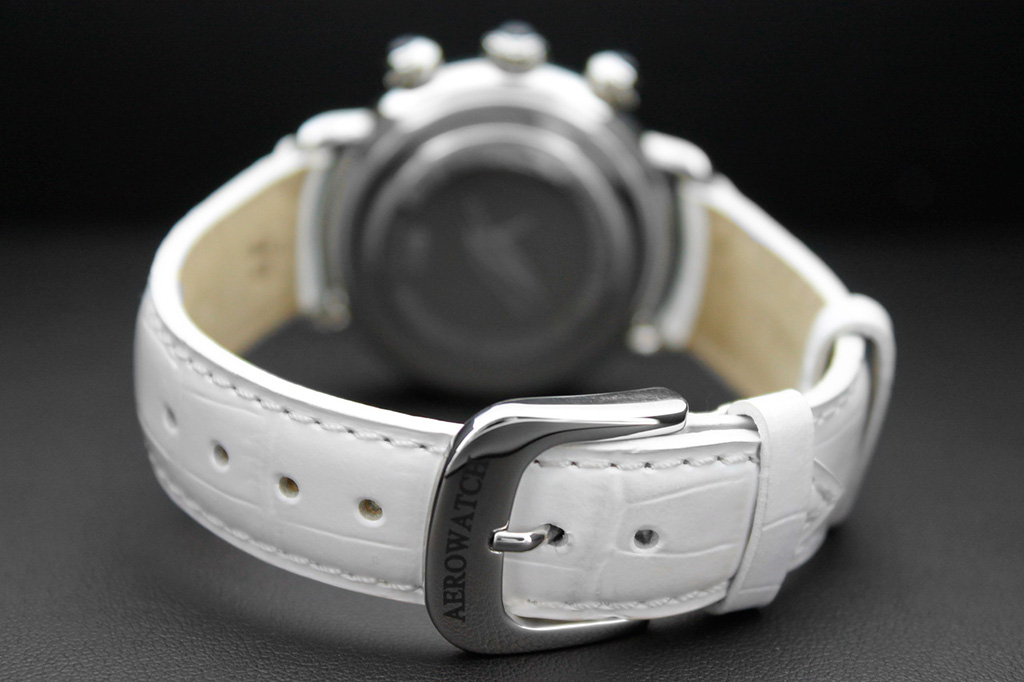



Clasp - butterfly it is often supplied with a variety of fuses that make accidental opening impossible. This type of fastener can be installed on straps, the thickness of the end of the long part of which does not exceed 3-4 mm. Versions are also available with the ability to install on straps, the thickness of the end of which is 2-2,5 mm or 3,5-4 mm.
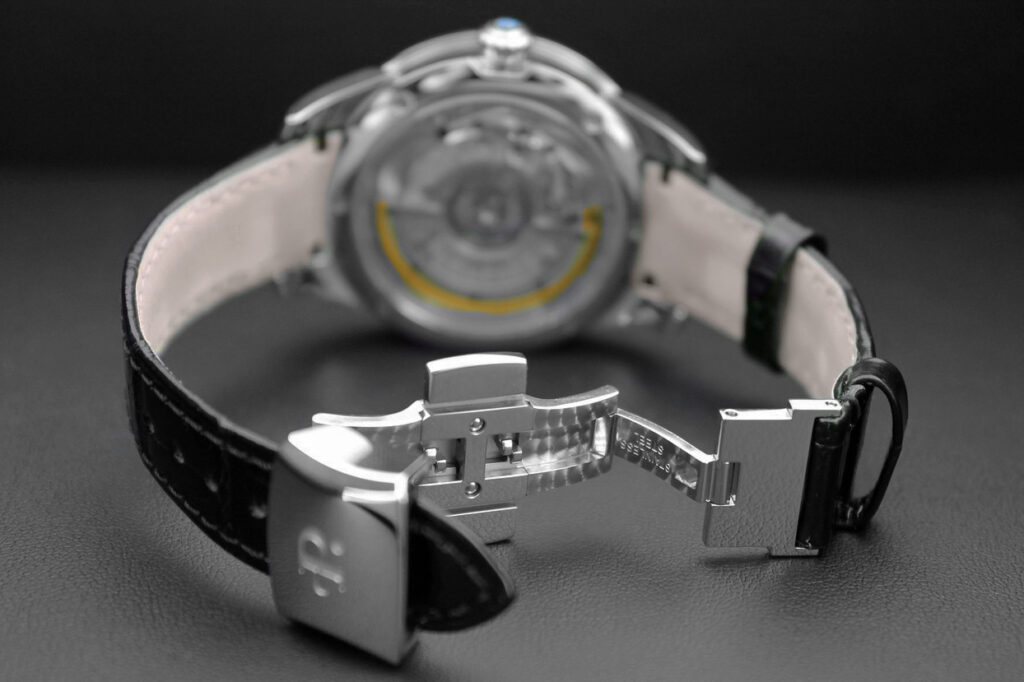
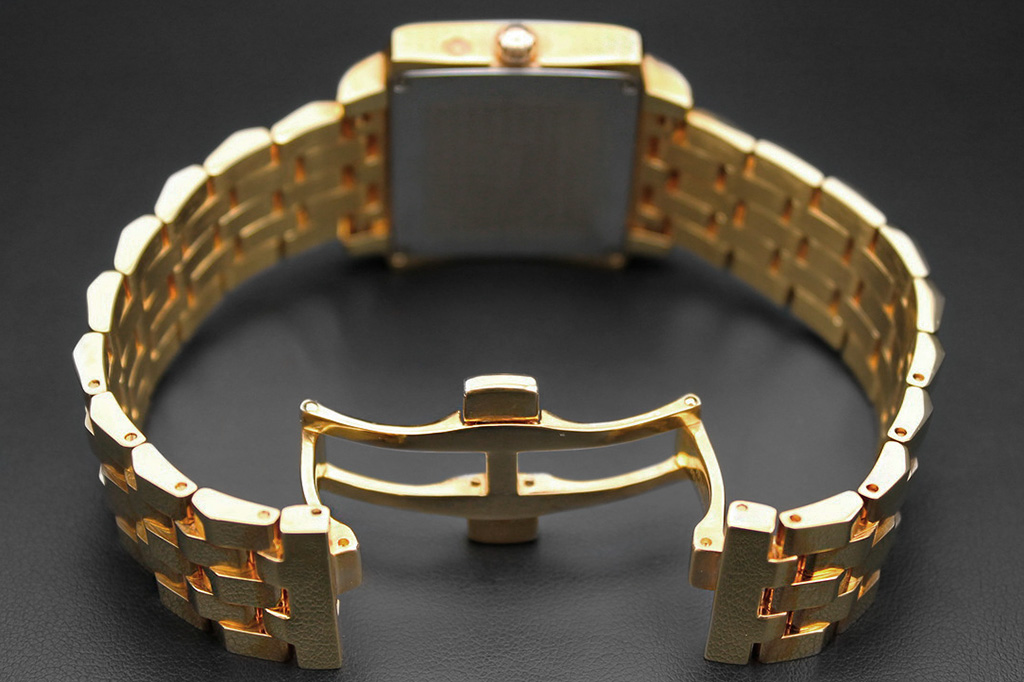

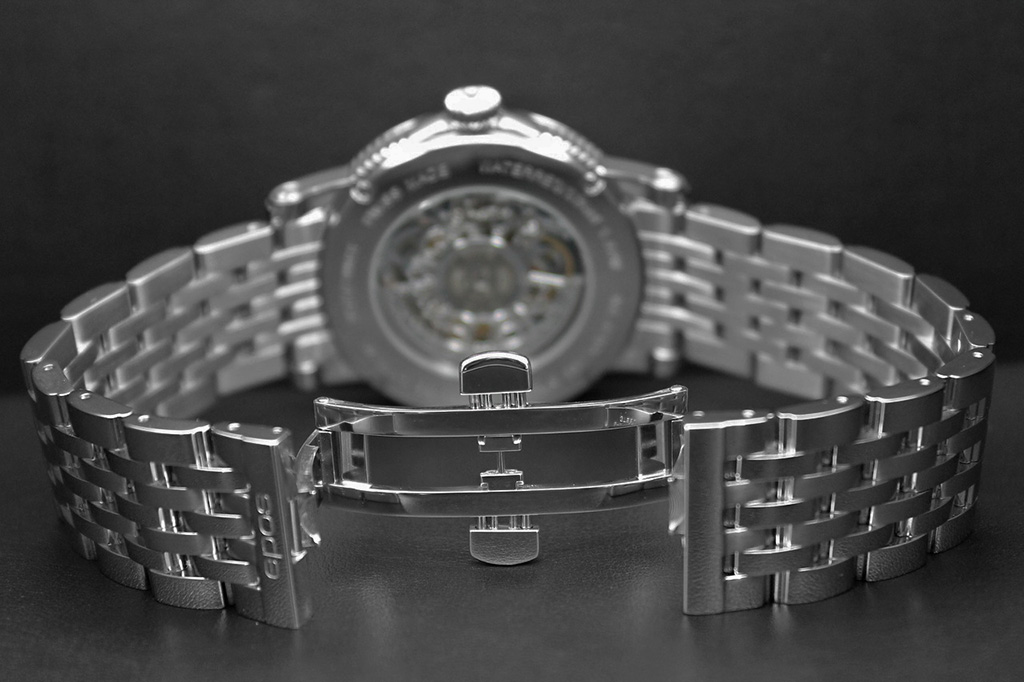
Clasp - butterfly favorably differs in its graceful appearance, because its "wings" in the closed position are almost invisible, no matter what version of the clasp you choose. The length of the butterfly clasp is shorter than many other types of clasps, and the “fit” on the arm is just as soft. Fasteners - butterflies can be automatic - pressing the side buttons activates the opening mechanism.
Deployant clasp is arranged quite interestingly. It was invented and patented by the famous French watchmaker Edmond Jaeger at the beginning of the 20th century. This clasp has incorporated all the best from the clasp - the butterfly and the classic clasp. And even if the size does not add grace to it, a reliable position of the watch on the wrist is guaranteed. The bracelet never opens completely, but only unfolds into several parts, allowing you to put the watch on your wrist.
Folding clasps are often equipped with several safety locks - this is not only a special button, without which it is impossible to open the clasp, but also an additional external shield that protects the button from accidental pressing. The folding clasp can be installed both on straps made of soft materials - leather, fabric, and on steel bracelets.
The folding clasp has gained popularity among people whose lifestyle involves a cycle of events. Divers, rock climbers, and the military often choose a watch with a folding clasp.
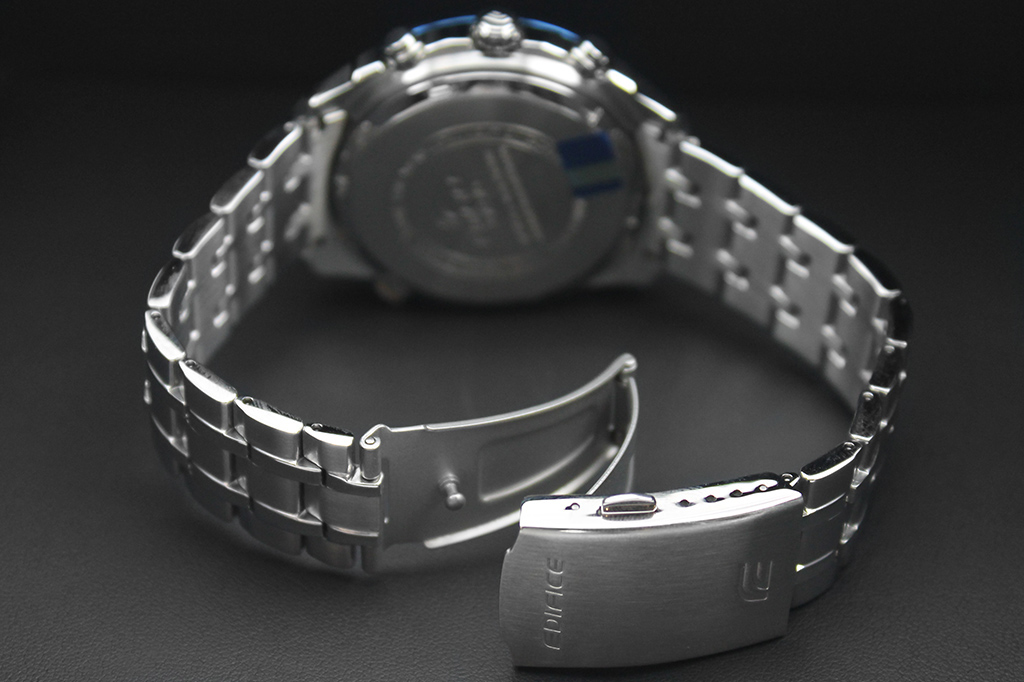

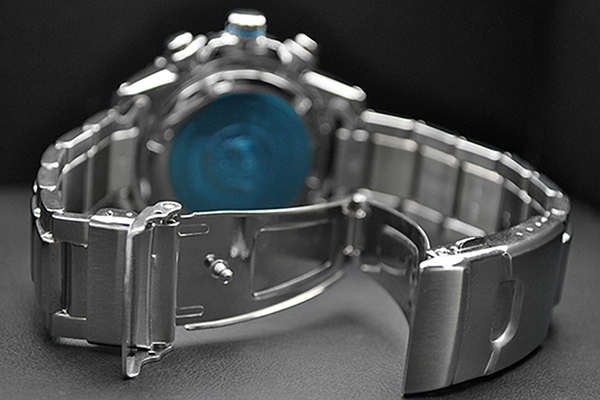

With a clip, a beginner will have a difficult time.
There is also a clasp - folding lock... This type of clasp is used only on metal bracelets. Convenience lies in the fact that the bracelet can be adjusted to any wrist by moving the clasp. And you don't have to go to the master to remove a couple of links.
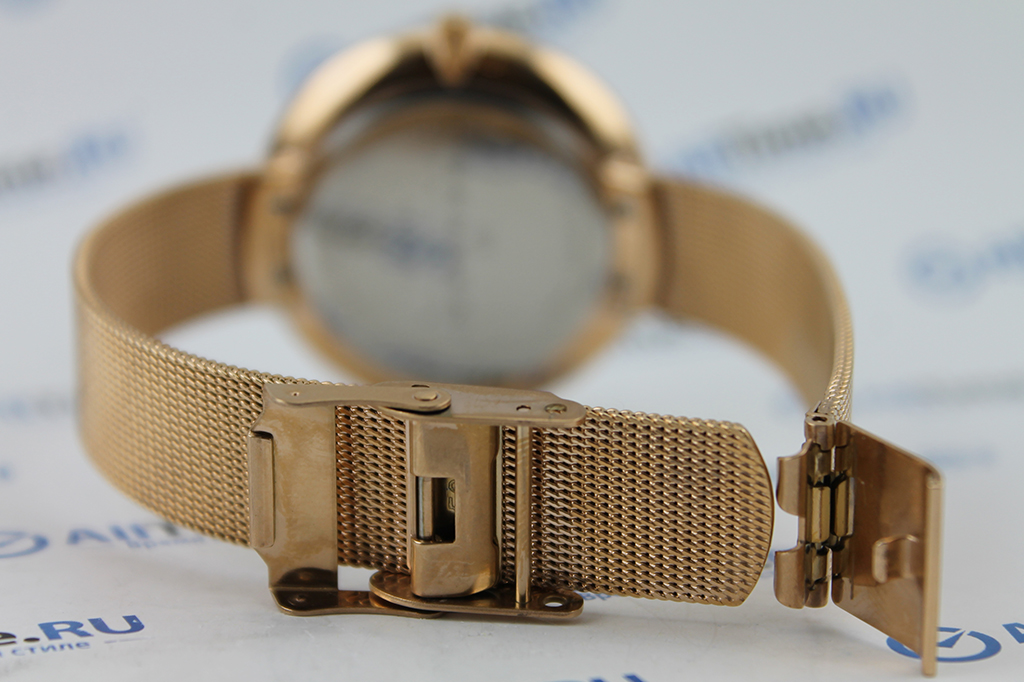
And some watch models are produced without buckles at all! Their strap is a bracelet that is securely fixed on the hand. Such watches look very beautiful, and their bracelet can be decorated with precious stones.



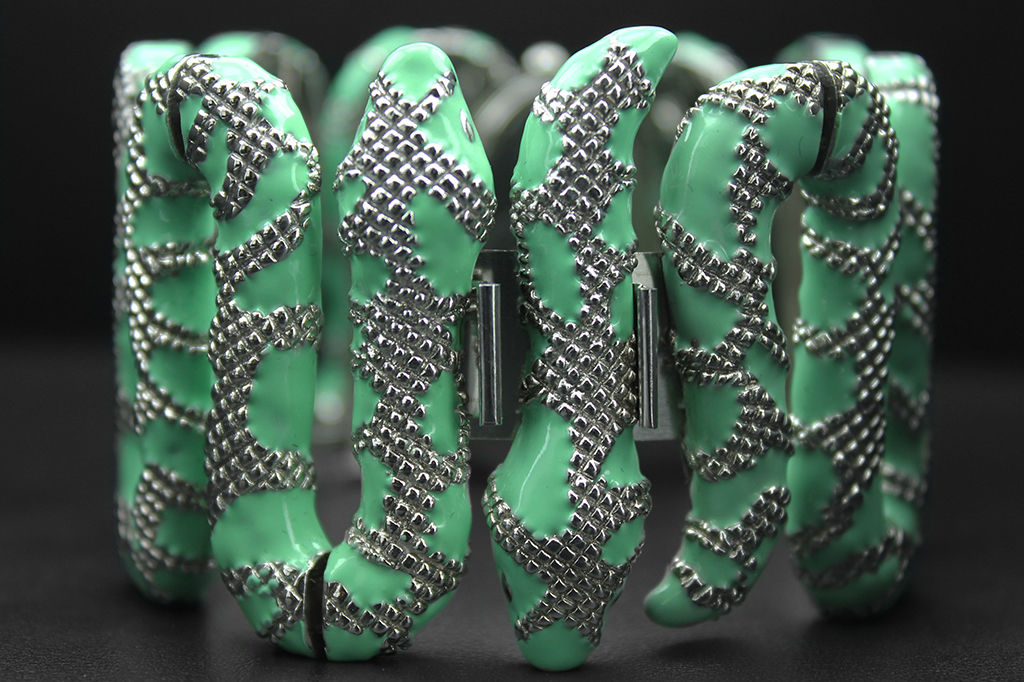
In general, it is worth noting that the clasps on women's watches, which are more of a spectacular decoration, can be completely different! Sometimes, even the most unimaginable! Well, women love spectacular things!
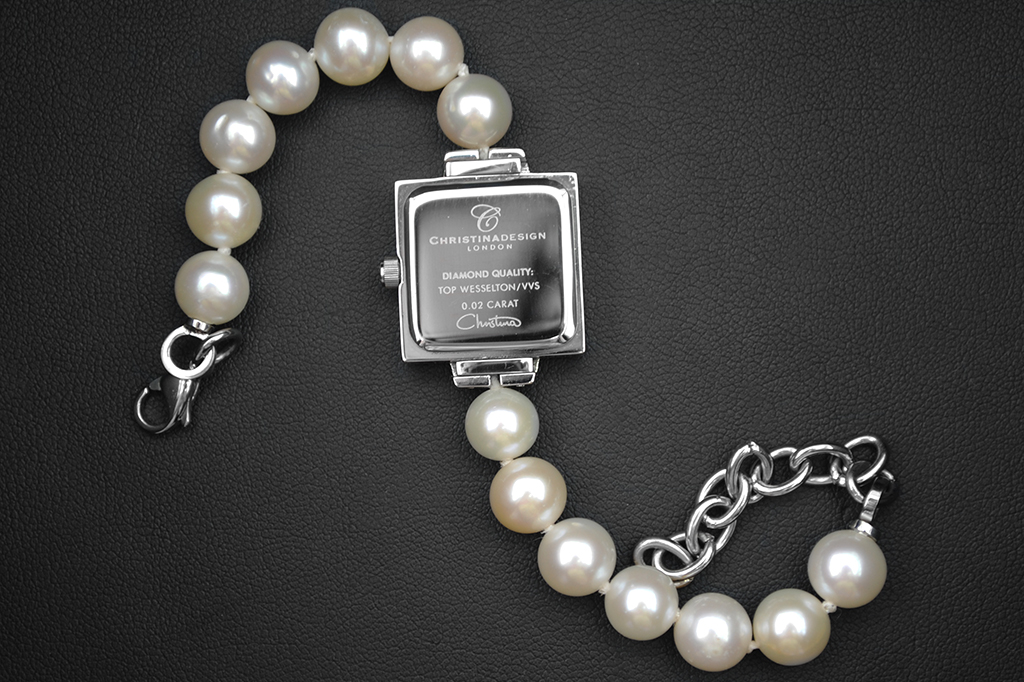
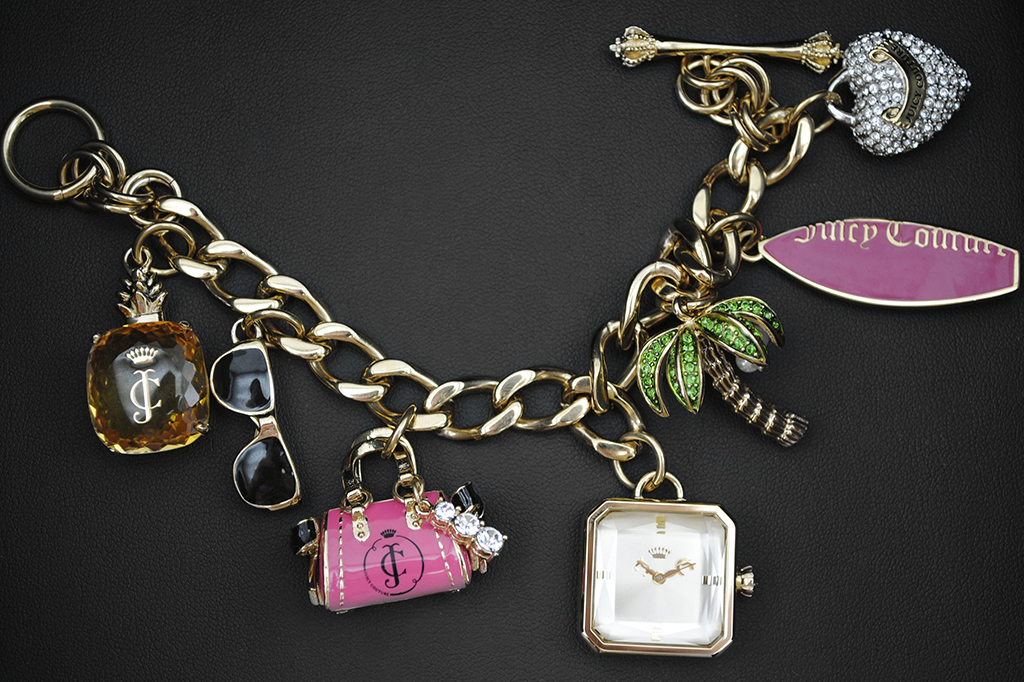
source

